Synthesis of Tailored Perfluoro Unsaturated Monomers for Potential Applications in Proton Exchange Membrane Preparation
Abstract
:1. Introduction
2. Results
2.1. Planning the Synthetic Strategy
2.1.1. The Heck-Type Coupling Reaction
2.1.2. The Nucleophilic Displacement Approach
2.1.3. Carbanion Approach: The Wittig–Horner Reaction
2.2. Thin Film Membrane Deposition by Low-Pressure Plasma
3. Materials and Methods
3.1. General Remarks
3.2. Deposition and Characterization of Thin Film Membranes by PECVD
3.3. General Procedures for the Synthesis of Perfluorinated Monomers
3.3.1. Procedure for the Heck Coupling in Table 1: Synthesis of Perfluorosulfonic Ester 14
3.3.2. Procedure for the Synthesis of Fluorinated Carboxylic Esters 16 and 19 (Scheme 4, Equations (1) and (2))
3.3.3. Procedure for the Oxidative Heck Coupling: Synthesis of Perfluorinated Phosphonyl Ester 22 (Scheme 4, Equation (3))
3.3.4. Procedures for the Nucleophilic Substitution: Synthesis of Perfluorinated Sulfonic Esters 25 and 27
3.3.5. Procedures for Wittig–Horner Reaction: Synthesis of Perfluorinated Sulfonic Esters 29 and 30
4. Conclusions
Supplementary Materials
Author Contributions
Funding
Institutional Review Board Statement
Informed Consent Statement
Data Availability Statement
Conflicts of Interest
References
- Smitha, B.; Sridhar, S.; Khan, A.A. Solid polymer electrolyte membranes for fuel cell applications—A review. J. Memb. Sci. 2005, 259, 10–26. [Google Scholar] [CrossRef]
- Hogarth, W.H.J.; Diniz Da Costa, J.C.; Lu, G.Q. Solid acid membranes for high temperature (>140 °C) proton exchange membrane fuel cells. J. Power Sources 2005, 142, 223–237. [Google Scholar] [CrossRef]
- Vishnyakov, V.M. Proton exchange membrane fuel cells. Vacuum 2006, 80, 1053–1065. [Google Scholar] [CrossRef]
- Mauritz, K.A.; Moore, R.B. State of understanding of Nafion. Chem. Rev. 2004, 104, 4535–4585. [Google Scholar] [CrossRef]
- Hickner, M.A.; Ghassemi, H.; Kim, Y.S.; Einsla, B.R.; McGrath, J.E. Alternative polymer systems for proton exchange membranes (PEMs). Chem. Rev. 2004, 104, 4587–4611. [Google Scholar] [CrossRef] [PubMed]
- Ous, T.; Arcoumanis, C. Degradation aspects of water formation and transport in Proton Exchange Membrane Fuel Cell: A review. J. Power Sources 2013, 240, 558–582. [Google Scholar] [CrossRef]
- Whiston, M.M.; Azevedo, I.L.; Litster, S.; Whitefoot, K.S.; Samaras, C.; Whitacre, J.F. Expert assessments of the cost and expected future performance of proton exchange membrane fuel cells for vehicles. Proc. Natl. Acad. Sci. USA 2019, 116, 4899–4904. [Google Scholar] [CrossRef] [Green Version]
- Du, L.; Prabhakaran, V.; Xie, X.; Park, S.; Wang, Y.; Shao, Y. Low-PGM and PGM-Free Catalysts for Proton Exchange Membrane Fuel Cells: Stability Challenges and Material Solutions. Adv. Mater. 2021, 33, 1908232. [Google Scholar] [CrossRef] [PubMed]
- Kongkanand, A.; Mathias, M.F. The Priority and Challenge of High-Power Performance of Low-Platinum Proton-Exchange Membrane Fuel Cells. J. Phys. Chem. Lett. 2016, 7, 1127–1137. [Google Scholar] [CrossRef]
- Haider, R.; Wen, Y.; Ma, Z.F.; Wilkinson, D.P.; Zhang, L.; Yuan, X.; Song, S.; Zhang, J. High temperature proton exchange membrane fuel cells: Progress in advanced materials and key technologies. Chem. Soc. Rev. 2021, 50, 1138–1187. [Google Scholar] [CrossRef]
- Xiao, F.; Wang, Y.C.; Wu, Z.P.; Chen, G.; Yang, F.; Zhu, S.; Siddharth, K.; Kong, Z.; Lu, A.; Li, J.C.; et al. Recent Advances in Electrocatalysts for Proton Exchange Membrane Fuel Cells and Alkaline Membrane Fuel Cells. Adv. Mater. 2021, 33, 2006292. [Google Scholar] [CrossRef] [PubMed]
- Wang, X.X.; Swihart, M.T.; Wu, G. Achievements, challenges and perspectives on cathode catalysts in proton exchange membrane fuel cells for transportation. Nat. Catal. 2019, 2, 578–589. [Google Scholar] [CrossRef]
- Dilonardo, E.; Milella, A.; Palumbo, F.; Thery, J.; Martin, S.; Barucca, G.; Mengucci, P.; D’Agostino, R.; Fracassi, F. Plasma deposited Pt-containing hydrocarbon thin films as electrocatalysts for PEM fuel cell. J. Mater. Chem. 2010, 20, 10224–10227. [Google Scholar] [CrossRef]
- Kraytsberg, A.; Ein-Eli, Y. Review of advanced materials for proton exchange membrane fuel cells. Energy Fuels 2014, 28, 7303–7330. [Google Scholar] [CrossRef]
- Pan, M.; Pan, C.; Li, C.; Zhao, J. A review of membranes in proton exchange membrane fuel cells: Transport phenomena, performance and durability. Renew. Sustain. Energy Rev. 2021, 141, 110771. [Google Scholar] [CrossRef]
- Rusanov, A.L.; Kostoglodov, P.V.; Abadie, M.J.M.; Voytekunas, V.Y.; Likhachev, D.Y. Proton-conducting polymers and membranes carrying phosphonic acid groups. Adv. Polym. Sci. 2008, 216, 125–155. [Google Scholar] [CrossRef]
- Kotov, S.V.; Pedersen, S.D.; Qiu, W.; Qiu, Z.M.; Burton, D.J. Preparation of perfluorocarbon polymers containing phosphonic acid groups. J. Fluor. Chem. 1997, 82, 13–19. [Google Scholar] [CrossRef]
- Yamabe, M.; Akiyama, K.; Akatsuka, Y.; Kato, M. Novel phosphonated perfluorocarbon polymers. Eur. Polym. J. 2000, 36, 1035–1041. [Google Scholar] [CrossRef]
- Souzy, R.; Ameduri, B.; Boutevin, B.; Virieux, D. Synthesis of new aromatic perfluorovinyl ether monomers containing phosphonic acid functionality. J. Fluor. Chem. 2004, 125, 1317–1324. [Google Scholar] [CrossRef]
- Wehbi, M.; Mehdi, A.; Negrell, C.; David, G.; Alaaeddine, A.; Améduri, B. Phosphorus-Containing Fluoropolymers: State of the Art and Applications. ACS Appl. Mater. Interfaces 2020, 12, 38–59. [Google Scholar] [CrossRef]
- Primachenko, O.N.; Odinokov, A.S.; Marinenko, E.A.; Kulvelis, Y.V.; Barabanov, V.G.; Kononova, S.V. Influence of sulfonyl fluoride monomers on the mechanism of emulsion copolymerization with the preparation of proton-conducting membrane precursors. J. Fluor. Chem. 2021, 244, 109736. [Google Scholar] [CrossRef]
- Brault, P. Review of Low Pressure Plasma Processing of Proton Exchange Membrane Fuel Cell Electrocatalysts. Plasma Process. Polym. 2016, 13, 10–18. [Google Scholar] [CrossRef] [Green Version]
- Bhosale, A.C.; Ghosh, P.C.; Assaud, L. Preparation methods of membrane electrode assemblies for proton exchange membrane fuel cells and unitized regenerative fuel cells: A review. Renew. Sustain. Energy Rev. 2020, 133, 110286. [Google Scholar] [CrossRef]
- Milella, A.; Palumbo, F.; Dilonardo, E.; Barucca, G.; Cosma, P.; Fracassi, F. Single step plasma deposition of platinum-fluorocarbon nanocomposite films as electrocatalysts of interest for micro fuel cells technology. Plasma Process. Polym. 2014, 11, 1068–1075. [Google Scholar] [CrossRef]
- Bosso, P.; Milella, A.; Armenise, V.; Fanelli, F.; Fracassi, F. Hybrid perfluorocarbon/carboxylic acid thin films via plasma deposition of hexafluoropropene and acrylic acid mixtures. Vacuum 2021, 184, 109933. [Google Scholar] [CrossRef]
- Roualdes, S.; Rouessac, V.; Durand, J. Plasma Membranes. Compr. Membr. Sci. Eng. 2010, 1, 159–197. [Google Scholar] [CrossRef]
- Jiang, Z.; Jiang, Z.J. Plasma techniques for the fabrication of polymer electrolyte membranes for fuel cells. J. Memb. Sci. 2014, 456, 85–106. [Google Scholar] [CrossRef]
- Song, M.K.; Kim, Y.T.; Fenton, J.M.; Russell Kunz, H.; Rhee, H.W. Chemically-modified Nafion®/poly(vinylidene fluoride) blend ionomers for proton exchange membrane fuel cells. J. Power Sources 2003, 117, 14–21. [Google Scholar] [CrossRef]
- Ahrens, T.; Kohlmann, J.; Ahrens, M.; Braun, T. Functionalization of fluorinated molecules by transition-metal-mediated C-F bond activation to access fluorinated building blocks. Chem. Rev. 2015, 115, 931–972. [Google Scholar] [CrossRef]
- Mastrorilli, P.; Monopoli, A.; Dell’Anna, M.M.; Latronico, M.; Cotugno, P.; Nacci, A. Ionic Liquids in Palladium-Catalyzed Cross-Coupling Reactions. In Ionic Liquids (ILs) in Organometallic Catalysis; Springer: Berlin/Heidelberg, Germany, 2013; pp. 237–285. [Google Scholar]
- Cotugno, P.; Monopoli, A.; Ciminale, F.; Cioffi, N.; Nacci, A. Pd nanoparticle catalysed one-pot sequential Heck and Suzuki couplings of bromo-chloroarenes in ionic liquids and water. Org. Biomol. Chem. 2012, 10, 808–813. [Google Scholar] [CrossRef] [PubMed]
- Monopoli, A.; Afzal, A.; Di Franco, C.; Ditaranto, N.; Cioffi, N.; Nacci, A.; Cotugno, P.; Torsi, L. Design of novel indium oxide supported gold nanocatalysts and their application in homocoupling of arylboronic acids. J. Mol. Catal. A Chem. 2014, 386, 101–107. [Google Scholar] [CrossRef]
- Calò, V.; Nacci, A.; Monopoli, A.; Cotugno, P. Heck reactions with palladium nanoparticles in ionic liquids: Coupling of aryl chlorides with deactivated olefins. Angew. Chem.-Int. Ed. 2009, 48, 6101–6103. [Google Scholar] [CrossRef]
- Prakash, G.K.S.; Jog, P.V.; Krishnan, H.S.; Olah, G.A. A domino approach (hydrolysis/dehydrohalogenation/heck coupling) for the synthesis of styrene sulfonate salts. J. Am. Chem. Soc. 2011, 133, 2140–2143. [Google Scholar] [CrossRef]
- Battace, A.; Zair, T.; Doucet, H.; Santelli, M. Heck vinylations using vinyl sulfide, vinyl sulfoxide, vinyl sulfone, or vinyl sulfonate derivatives and aryl bromides catalyzed by a palladium complex derived from a tetraphosphine. Synthesis 2006, 2006, 3495–3505. [Google Scholar] [CrossRef]
- Nardello, V.; Aubry, J.M.; Johnston, P.; Bulduk, I.; De Vries, A.H.M.; Alsters, P.L. Facile preparation of the water-soluble singlet oxygen traps anthracene-9,10-divinylsulfonate (AVS) and anthracene-9,10-diethylsulfonate (AES) via a Heck reaction with vinylsulfonate. Synlett 2005, 2005, 2667–2669. [Google Scholar] [CrossRef]
- Monopoli, A.; Calò, V.; Ciminale, F.; Cotugno, P.; Angelici, C.; Cioffi, N.; Nacci, A. Glucose as a clean and renewable reductant in the pd-nanoparticle-catalyzed reductive homocoupling of bromo- and chloroarenes in water. J. Org. Chem. 2010, 75, 3908–3911. [Google Scholar] [CrossRef]
- Zhang, X.; Fan, S.; He, C.Y.; Wan, X.; Min, Q.Q.; Yang, J.; Jiang, Z.X. Pd(OAc)2 catalyzed olefination of highly electron-deficient perfluoroarenes. J. Am. Chem. Soc. 2010, 132, 4506–4507. [Google Scholar] [CrossRef] [PubMed]
- Groβ, U.; Engler, G. Reaktionen von fluoralkenen II. Über reaktionen von F-hept-1-en mit s-nucleophilen. J. Fluor. Chem. 1985, 29, 425–430. [Google Scholar] [CrossRef]
- Padmapriya, A.A.; Just, G.; Lewis, N.G. A New Method for the Esterification of Sulphonic Acids. Synth. Commun. 1985, 15, 1057–1062. [Google Scholar] [CrossRef]
- Carretero, J.C.; Demillequand, M.; Ghosez, L. Synthesis of α, β-unsaturated sulphonates via the Wittig-Horner reaction. Tetrahedron 1987, 43, 5125–5134. [Google Scholar] [CrossRef]
- Milella, A. Plasma Processing of Polymers. In Encyclopedia of Polymer Science and Technology; John Wiley & Sons, Inc.: Hoboken, NJ, USA, 2008; pp. 1–41. [Google Scholar] [CrossRef]
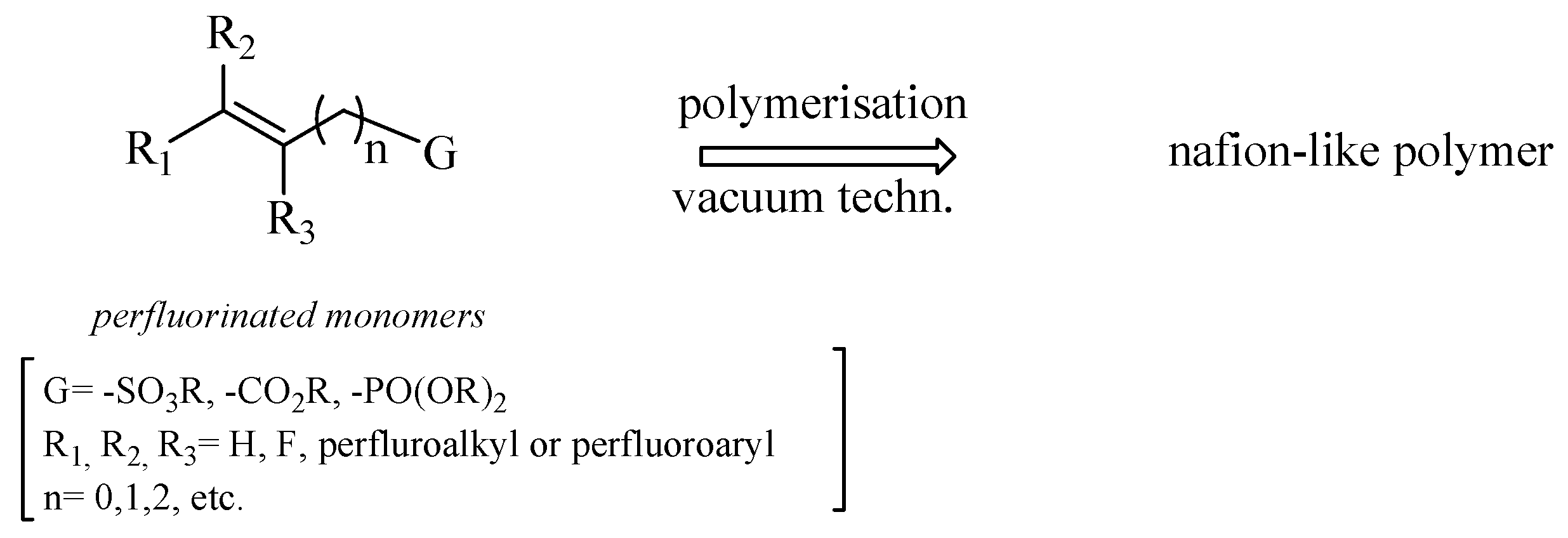

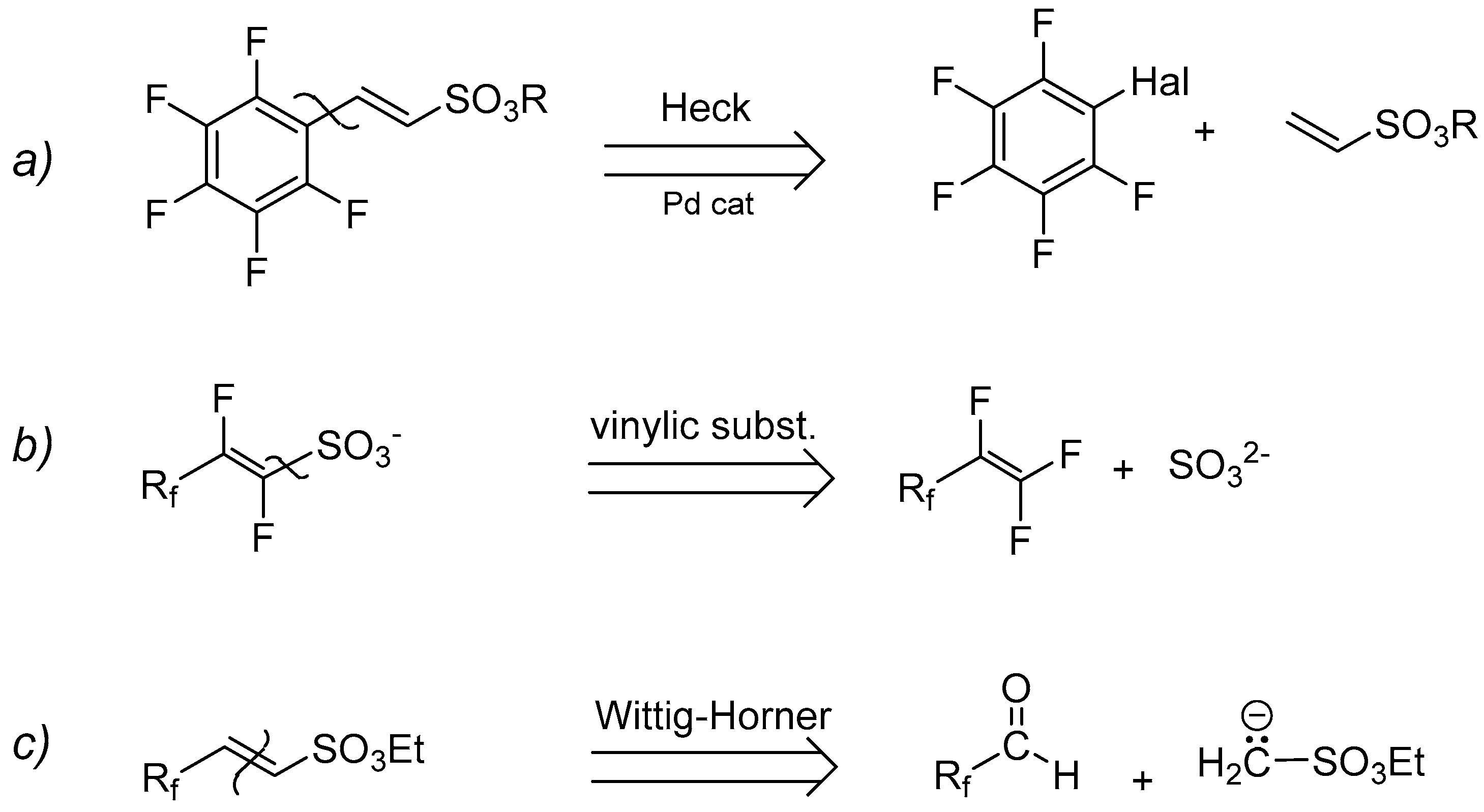
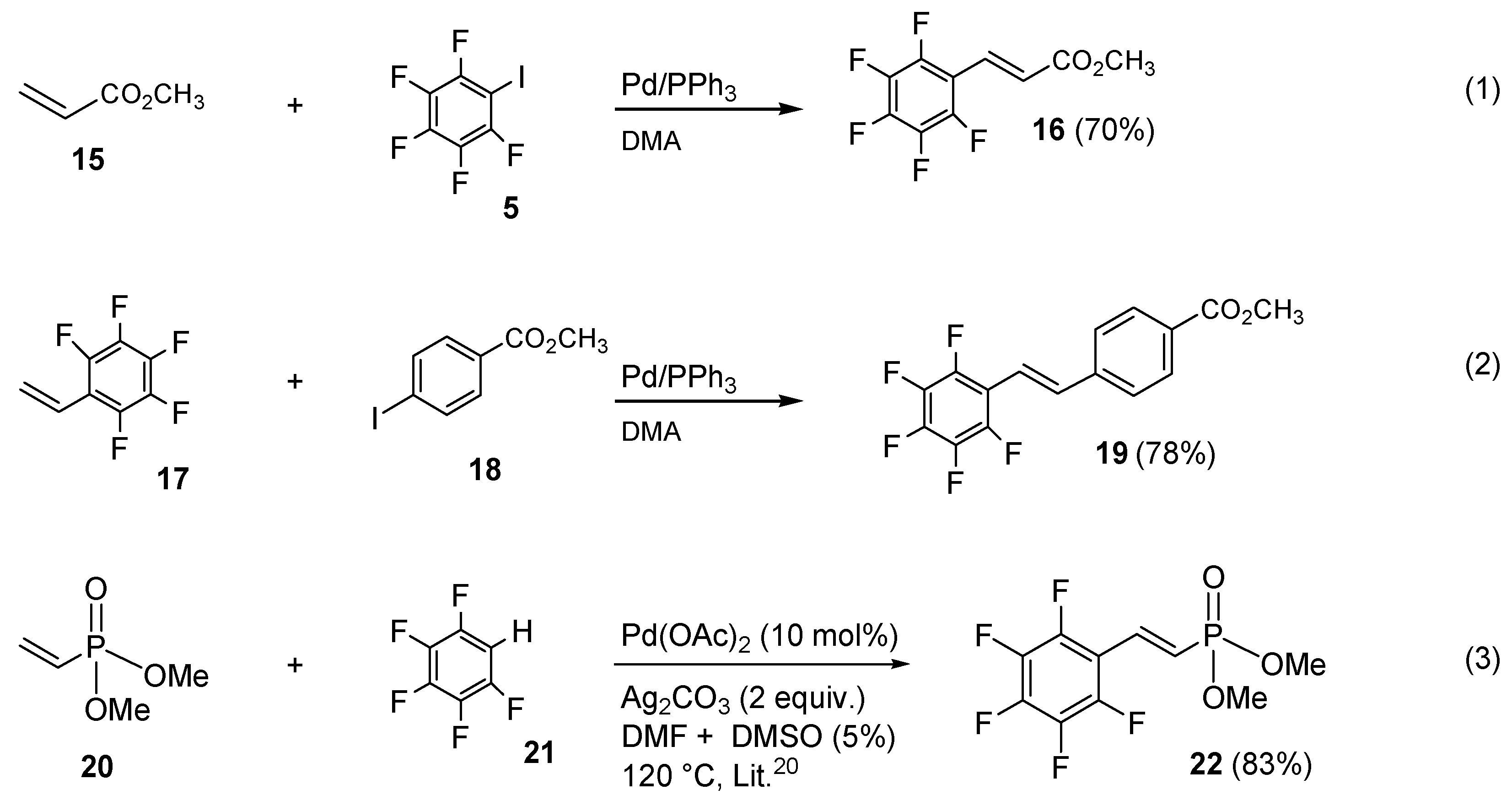
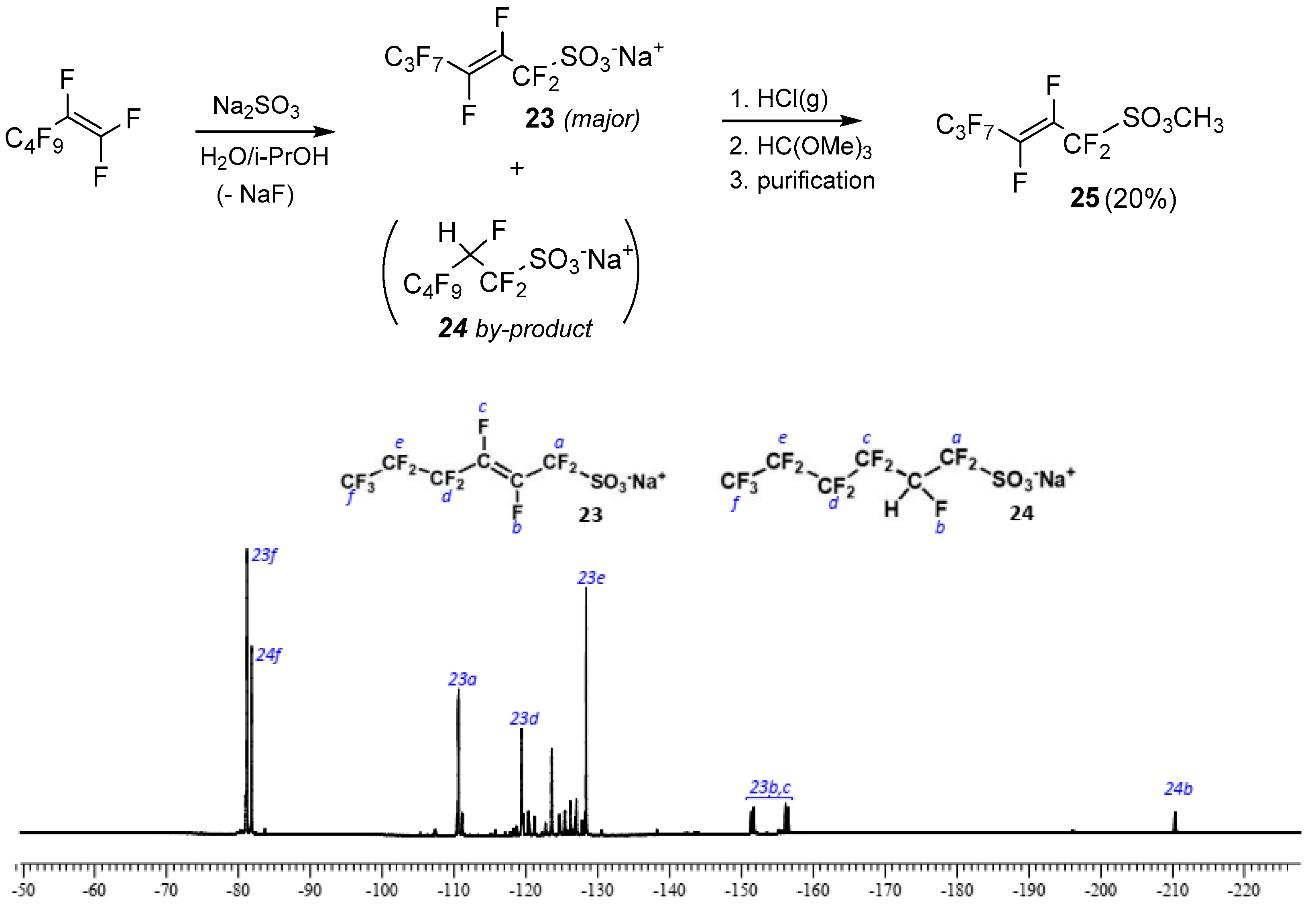

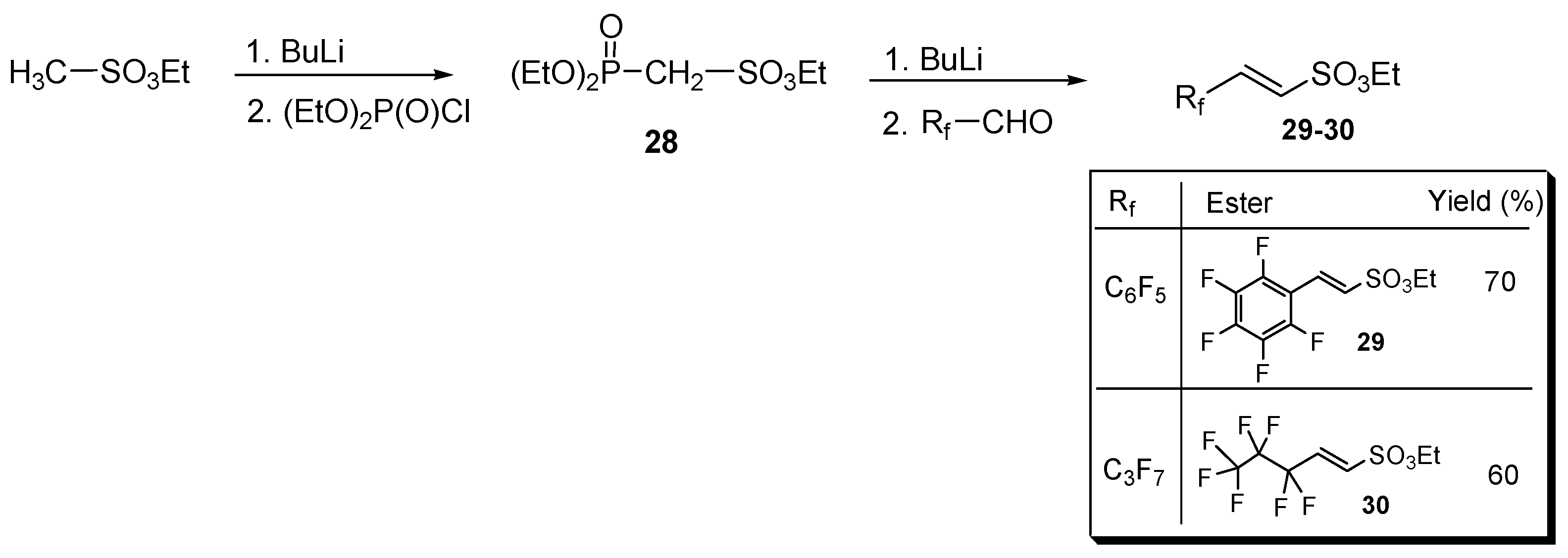


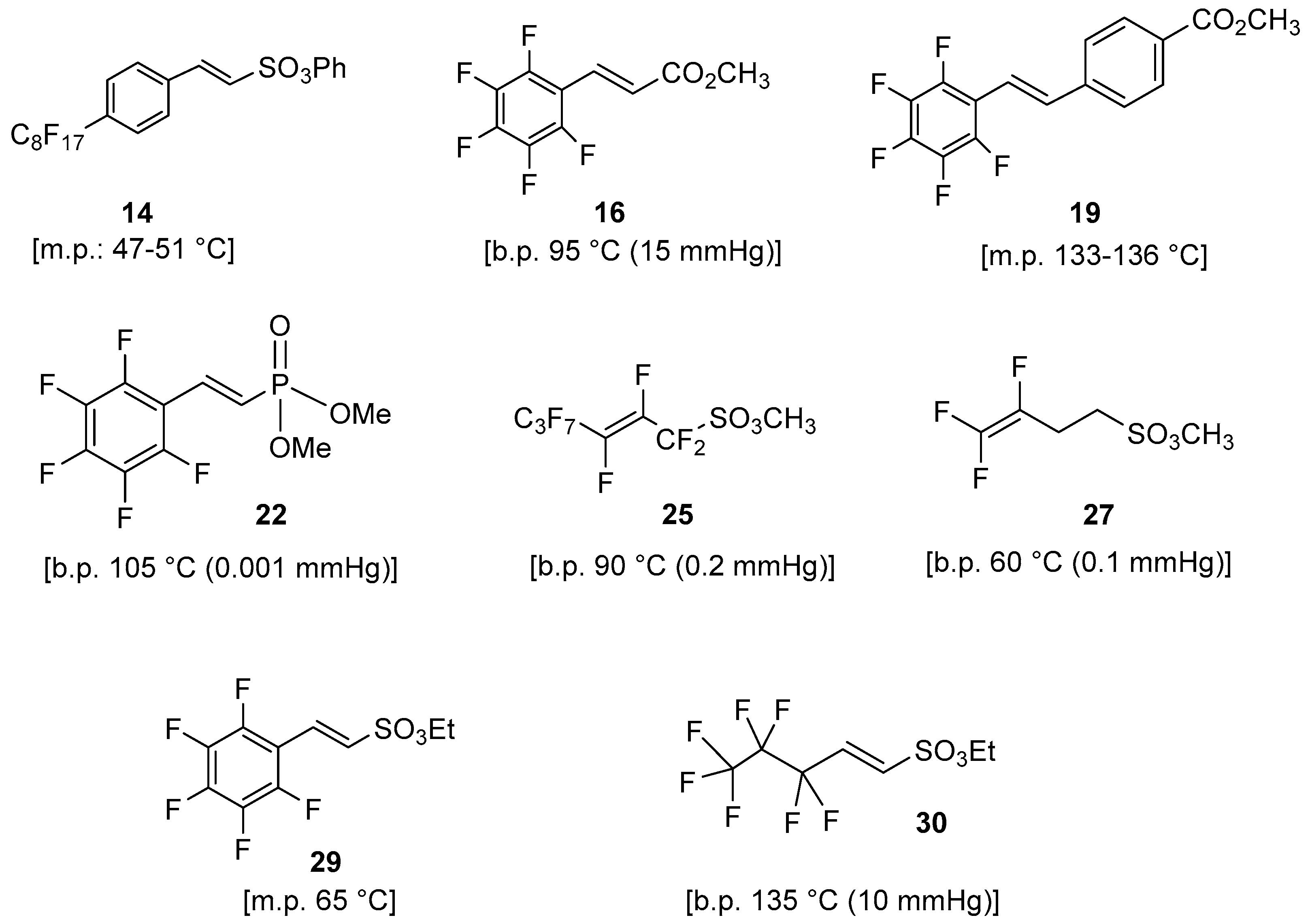
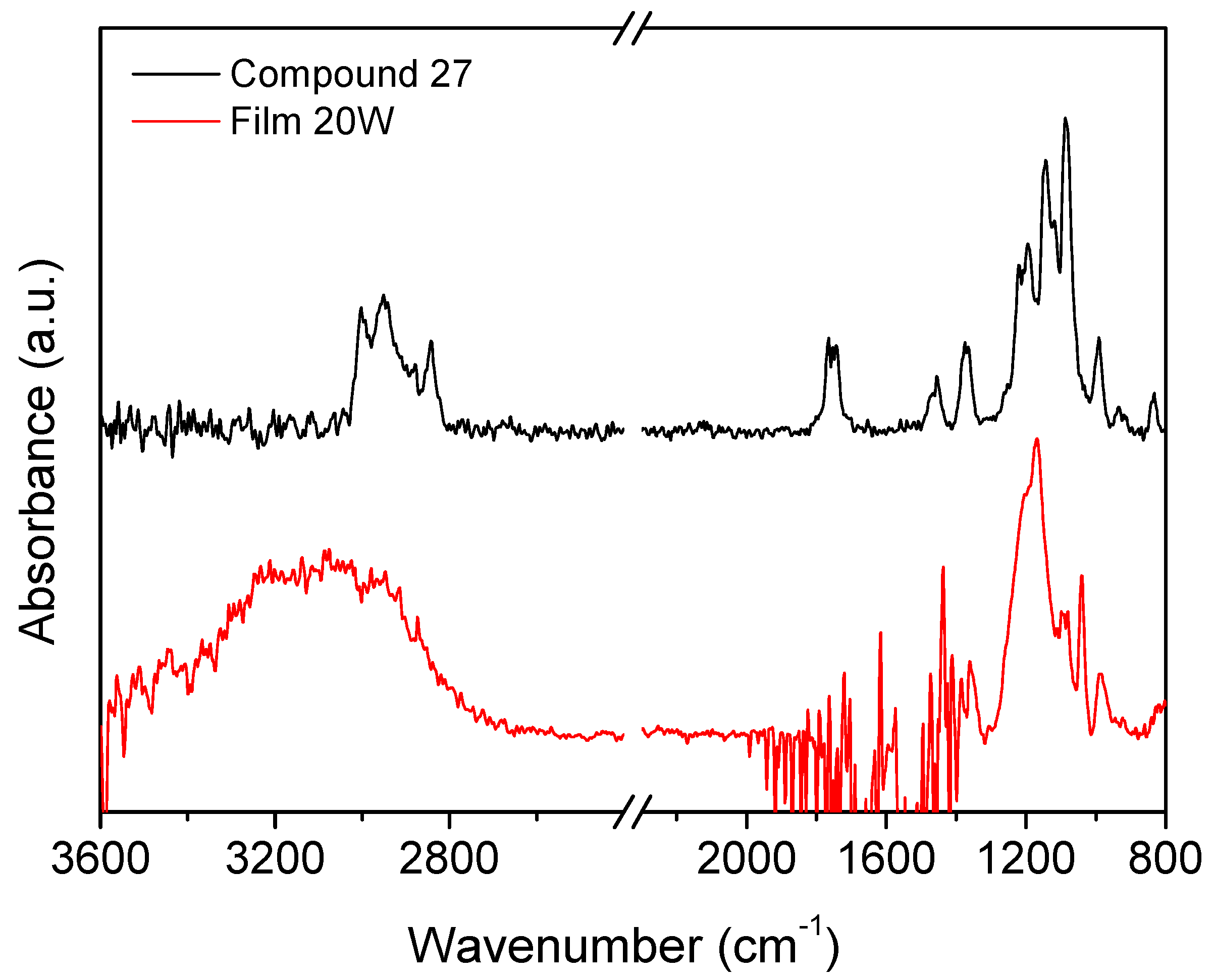

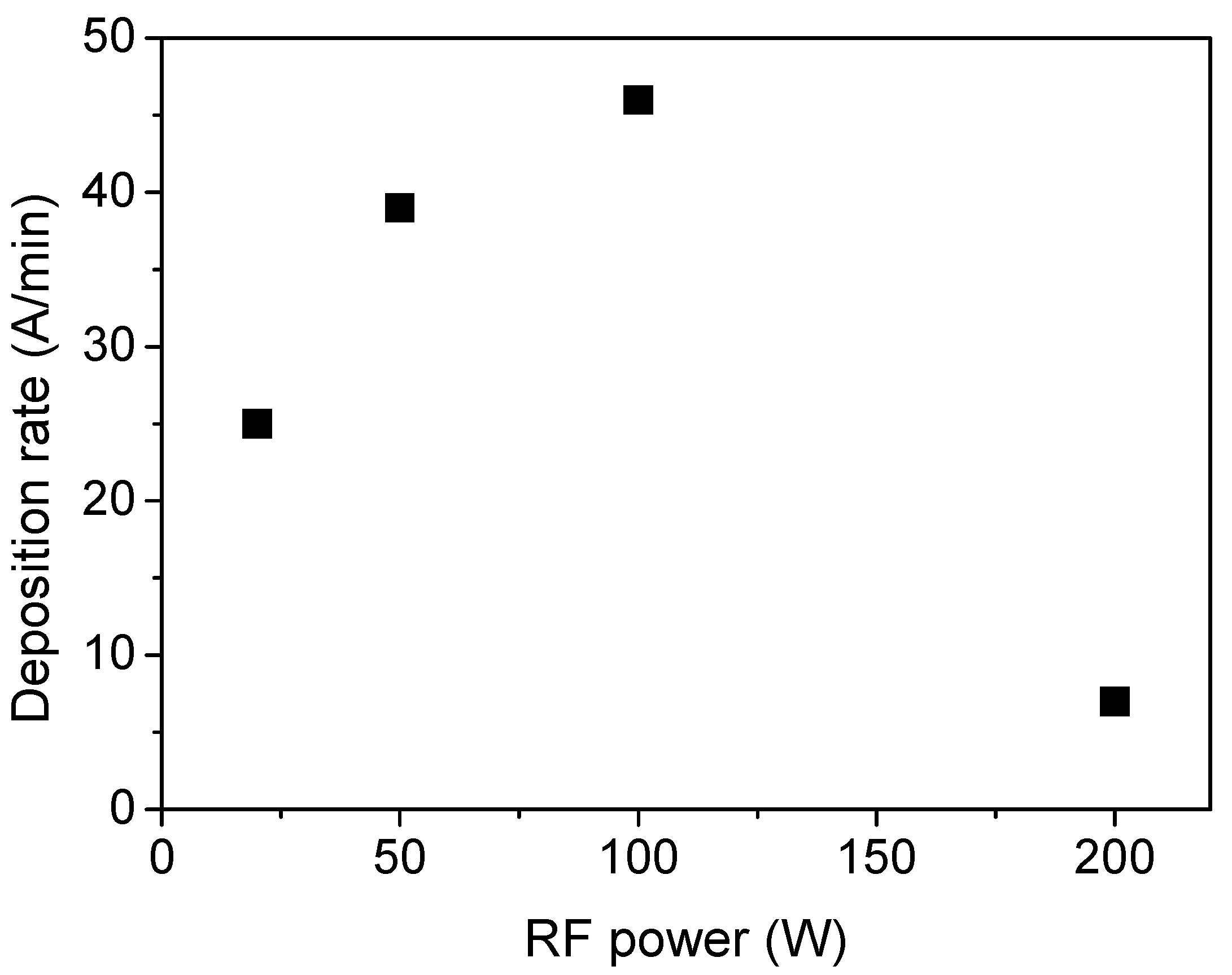


| Run | Vinyl Sulfonate | Arf-X | Catalyst | Solvent | Base | Product | Yield (%) |
|---|---|---|---|---|---|---|---|
| 1 | 1 | 5 | Pd(OAc)2/PPh3 | NMP | K2CO3 |  | traces |
| 2 | 1 | 5 | Pdcolloids | DMF | K2CO3 | traces | |
| 3 | 2 | 5 | Pd(OAc)2/PPh3 | DMF | K2CO3 |  | 5 |
| 4 | 2 | 5 | Pdcolloids | DMF | K2CO3 | traces | |
| 5 | 3 | 5 | Pdcolloids | H2O | TBAOH |  | 17–50 b |
| 6 | 3 | 6 | Pdcolloids | H2O | TBAOH |  | 13–45 b |
| 7 | 4 | 5 | Pdcolloids | H2O | TBAOH |  | traces |
| 8 | 1 | 7 | Pd(OAc)2/PPh3 | DMF | K2CO3 |  | 5 |
| 9 | 2 | 7 | Pd(OAc)2/PPh3 | DMF | K2CO3 |  | 65 c |
Publisher’s Note: MDPI stays neutral with regard to jurisdictional claims in published maps and institutional affiliations. |
© 2021 by the authors. Licensee MDPI, Basel, Switzerland. This article is an open access article distributed under the terms and conditions of the Creative Commons Attribution (CC BY) license (https://creativecommons.org/licenses/by/4.0/).
Share and Cite
Monopoli, A.; Casiello, M.; Cotugno, P.; Milella, A.; Palumbo, F.; Fracassi, F.; Nacci, A. Synthesis of Tailored Perfluoro Unsaturated Monomers for Potential Applications in Proton Exchange Membrane Preparation. Molecules 2021, 26, 5592. https://doi.org/10.3390/molecules26185592
Monopoli A, Casiello M, Cotugno P, Milella A, Palumbo F, Fracassi F, Nacci A. Synthesis of Tailored Perfluoro Unsaturated Monomers for Potential Applications in Proton Exchange Membrane Preparation. Molecules. 2021; 26(18):5592. https://doi.org/10.3390/molecules26185592
Chicago/Turabian StyleMonopoli, Antonio, Michele Casiello, Pietro Cotugno, Antonella Milella, Fabio Palumbo, Francesco Fracassi, and Angelo Nacci. 2021. "Synthesis of Tailored Perfluoro Unsaturated Monomers for Potential Applications in Proton Exchange Membrane Preparation" Molecules 26, no. 18: 5592. https://doi.org/10.3390/molecules26185592
APA StyleMonopoli, A., Casiello, M., Cotugno, P., Milella, A., Palumbo, F., Fracassi, F., & Nacci, A. (2021). Synthesis of Tailored Perfluoro Unsaturated Monomers for Potential Applications in Proton Exchange Membrane Preparation. Molecules, 26(18), 5592. https://doi.org/10.3390/molecules26185592









